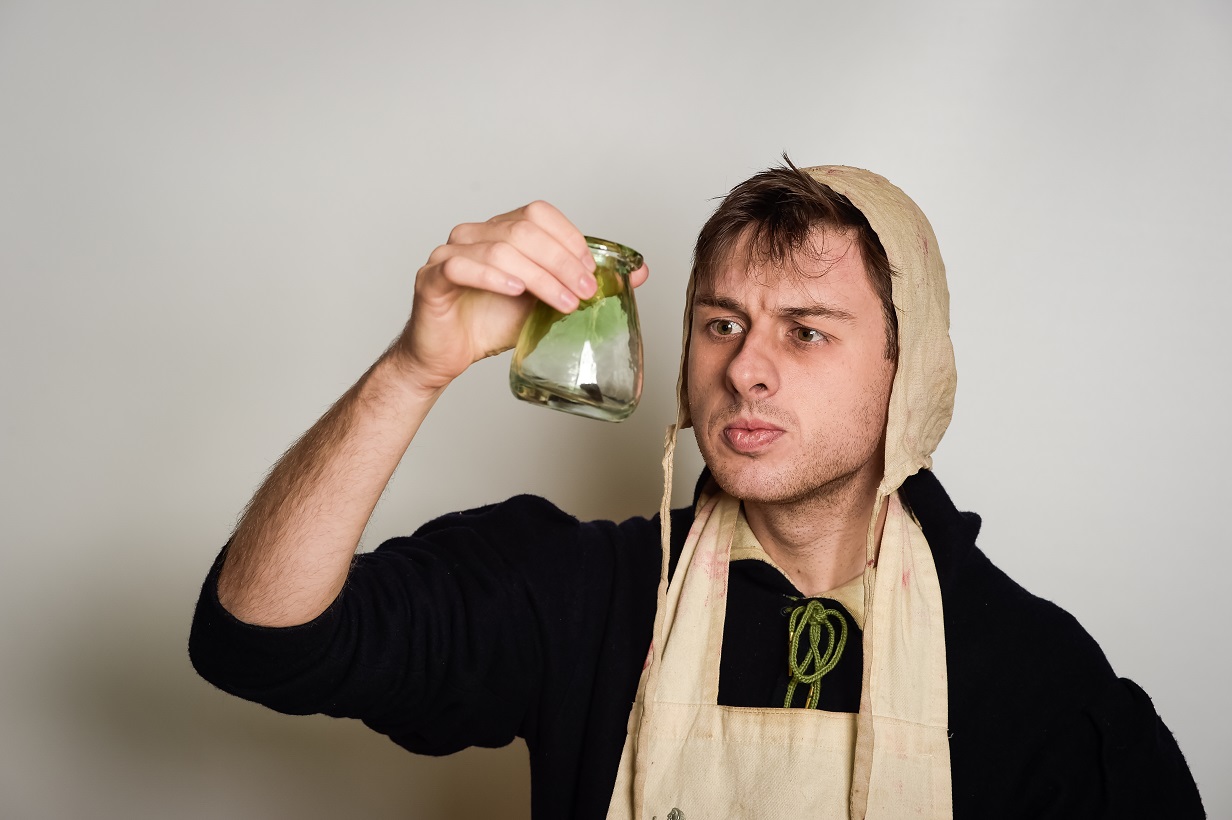Our team carries out a lot of research in preparation for our events and George, one of our volunteers, had the pleasure of researching medieval medicine..!:
Medieval treatments for diseases and other ailments were very different to medical practice today. Medieval healers had vastly differing approaches to medicine. Many had spiritual and religious beliefs that tied into their practices and informed their thinking.
Life was hard and short with the ever present threat of plague, pox and ‘sweating sickness’. People sought out cures and medicines without understanding what had caused the disease. This often led to the belief that diseases were caused by sinful behaviour.
It was believed that the body contained four elemental humours; yellow bile (fire), blood (air), black bile (earth) and phlegm (water). Health in the human body relied on keeping these humours in balance. For instance, if the blood was out of balance, this would result in a fever, so the prescription was bloodletting, often by using leeches.
Medicines in the Middle Ages had roots in pagan and folk practices. Many remedies were concocted purely out of spiritual beliefs about the stars and other signs. Herbal cures for diseases were used and a wide variety of herbs were grown in England and throughout Europe. Kitchens were stocked with herbs and other substances required in folk remedies for many ailments.
Whilst most probably had little or no beneficial effect, some of these are the precursors of today’s modern medicines, which still contain active herbal ingredients.
One example of this is the use of willow bark as a medieval pain relief, the salicylic acid found in willow bark is used to create aspirin, so this medieval remedy might actually have worked. Many people kept gardens of what they referred to as psychic plants which had various effects on them.
“Natural magic” was occasionally used to treat disease. This involved recitations of spells, prayers and blessings to try to cure them. Exorcisms were sometimes performed to combat the sickness, or the agent responsible such as a demon, witch or elf. Sometimes people would try to treat disease by performing a ritual inside a magic circle which would be drawn on the floor to try to harness energy and form a sacred space to protect and cure them of bad things.
Not only was it difficult to make the distinction between the magical and religious but what was even more challenging was to distinguish between helpful ‘white’ magic from harmful ‘black’ magic. However, if a healer attempted to cure a patient and failed, some would accuse the healer of practicing black magic…
